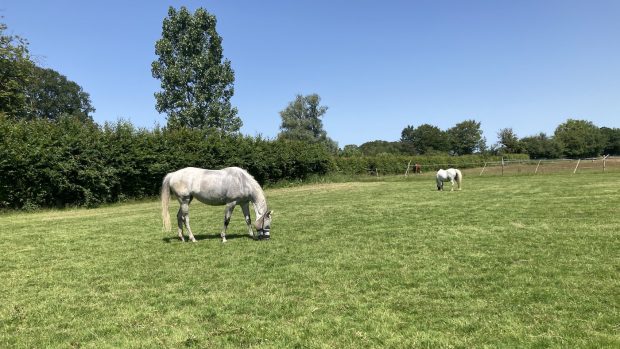Horses have the most amazing capacity for athletic effort, none more so than endurance champions, who can complete 100km races at a speed equivalent to canter.
Endurance racing stretches the equine metabolism to the full, and fluid and electrolyte losses can be high as a result, especially in hot or humid conditions. In extreme cases, horses may exhibit signs of synchronous diaphragmatic flutter, known as SDF or “thumps”.
The characteristic sign of SDF is contraction of one or both flanks coincident with the heartbeat, and this indicates that the horse has reached an unstable metabolic state. This is only likely in horses in very high levels of work, and some are more prone than others.
The important electrolytes in horses are sodium, potassium, chloride, calcium and phosphorus. Low blood calcium (hypocalcaemia) is associated with SDF. Calcium is essential for muscle contraction, and SDF occurs when the level in the blood drops below that required for normal function.
A lack of ionised calcium causes the nerve to twitch uncontrollably, thus the beating of the heart stimulates a simultaneous twitching of the nerve supplying the abdominal muscles. That visible contraction is SDF.
It would be easy to conclude that to supplement large amounts of calcium would be an effective preventative, but it seems that the opposite is true. Calcium is of such importance to the horse that it tightly controls its metabolism. If excess calcium is fed, blood levels are high and the horse “turns down” the amount it absorbs from the digestive system.
Then when there is a short-term requirement during intense or prolonged exercise, there is no quick way of reversing this. Keeping levels in the diet above requirements, but not extreme, may allow the system to “stay hungry” for calcium.
Preventing a problem



